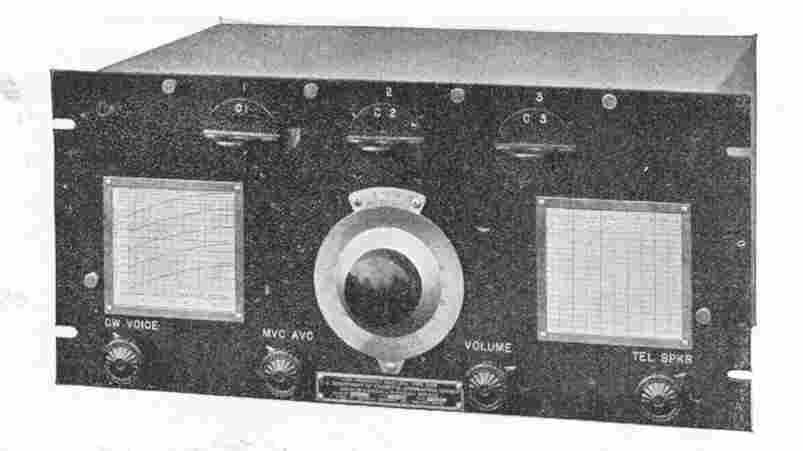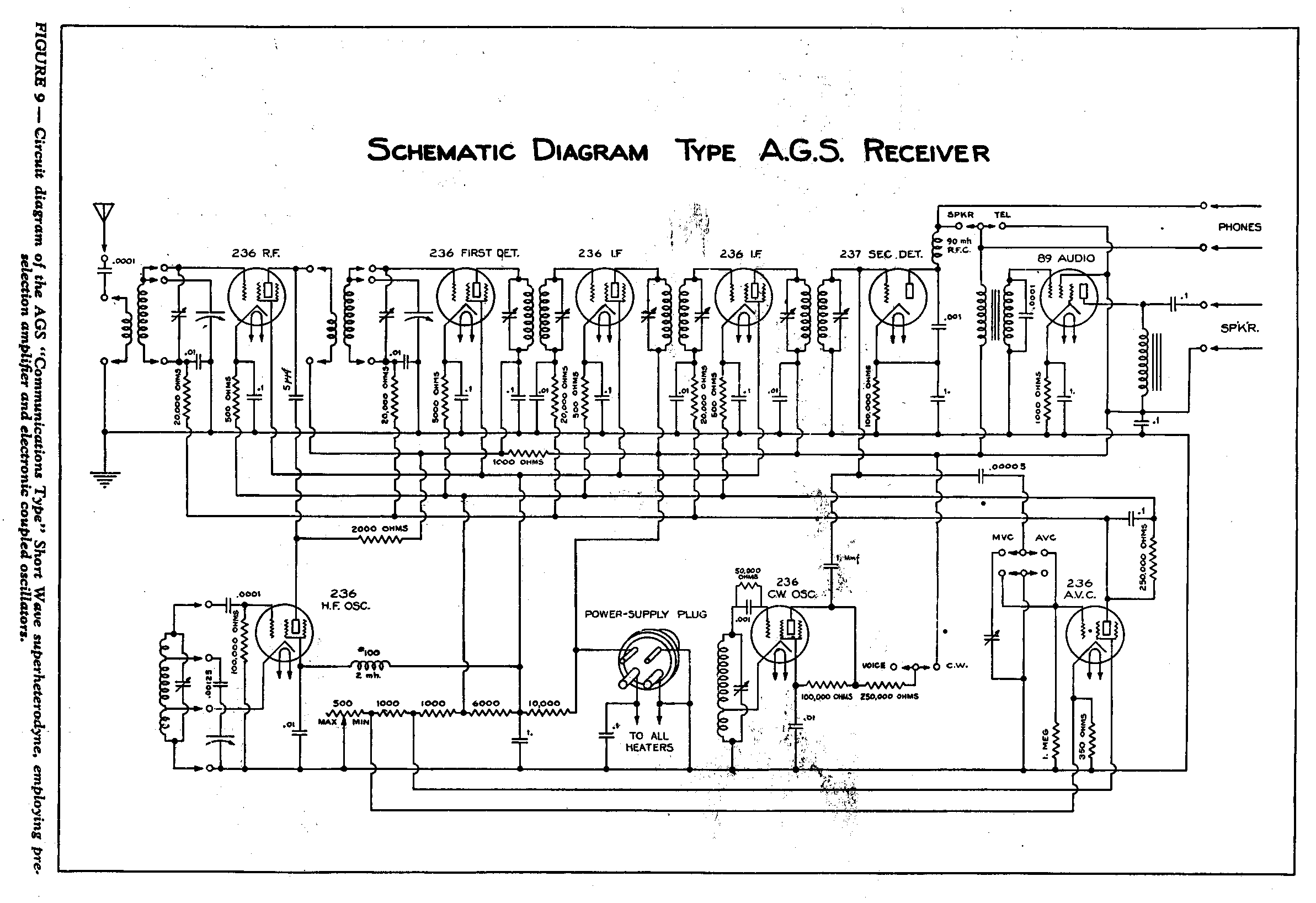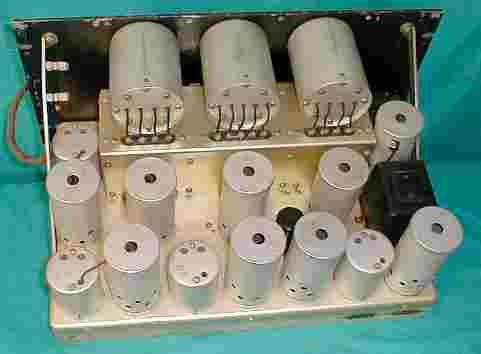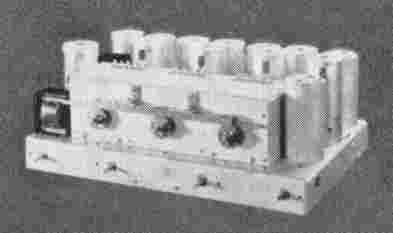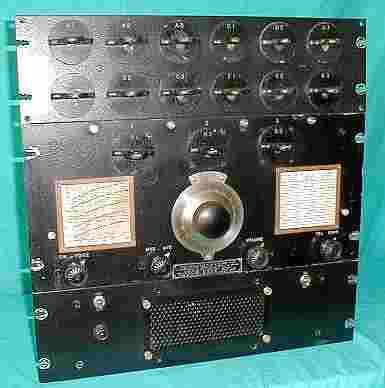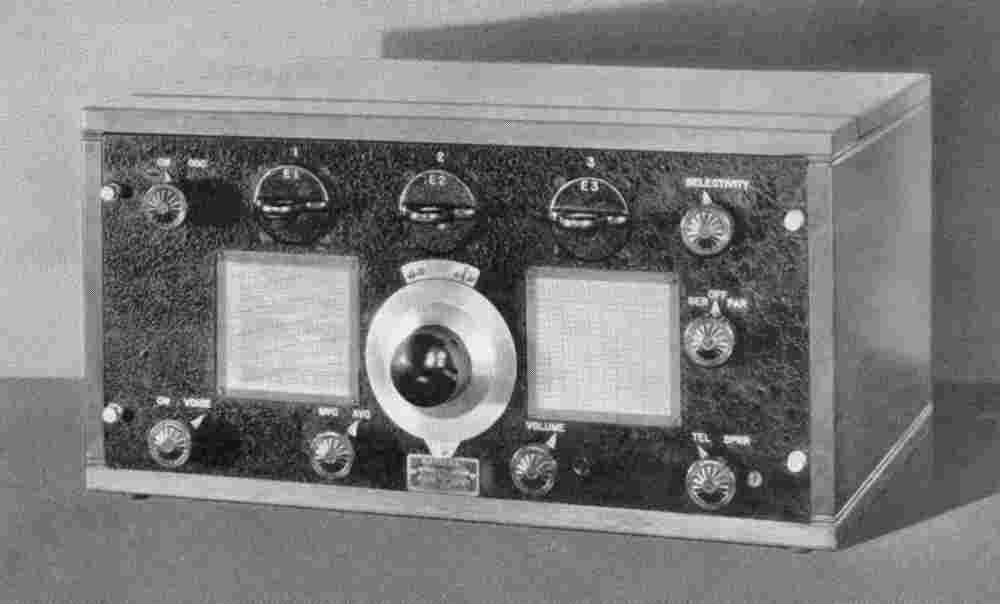Several major design features addressed short comings of exsisting receivers, e.g. the Hammarlund Comet "Pro":
- A tuned RF stage to improve image rejection, signal-to-noise ratio, and weak-signal response.
- Single-dial tuning.
- Relay-rack
mounting.
- Coil change from the front panel.
- Automatic volume control for hands-off operation.
